The Romantic Era lasted roughly from 1760 to 1850. It was an era ripe with individualism. Upper-class society was being overshadowed by the common man. Rationalism and realism combined with folklore and mythology. The Romantic era saw revolutions and the rise of industrialization.
Ralph Waldo Emerson, Henry David Thoreau, and William Wordsworth were brooding in the depths of nature on all of life’s secrets. Painters like Thomas Cole, Frederic Edwin Church, and Joseph Mallord William Turner displayed on canvas philosophies and themes lit by the intense color and spectacular detail Romantic era paintings are known for.
Ralph Waldo Emerson, Henry David Thoreau, and William Wordsworth were brooding in the depths of nature on all of life’s secrets. Painters like Thomas Cole, Frederic Edwin Church, and Joseph Mallord William Turner displayed on canvas philosophies and themes lit by the intense color and spectacular detail Romantic era paintings are known for.
Continuity
A theme visited often by Romantic painters was the issue of continuity. The environmental movement arose from the literature of Thoreau and Emerson. They played on the theme of man’s relationship to nature. In this period, spirituality was making its way out from the church, and its lessons were being applied to every facet of life.
During the industrial revolution, mining and lumber production gouged out the western frontier. Thomas Cole lamented on his beloved Catskills. Thoreau pondered the hurried life. They had the foresight to see the land’s degradation and question it when nature had yet to be subdued.
The painters of the Romantic era turned away from materialism and adopted the idea of the contemplation, simplicity, and humility of a more natural way of life. Their idea wasn’t to tame nature but to live in harmony with it. It was also a person’s shared responsibility to protect nature.
The era also replaced reason with imagination. Samuel Taylor Coleridge penned it as “intellectual intuition.” It was the idea that a person perceives the world not only with the faculty of the mind, but via the heart and spirit as well.
Of the Romantic artists, Thomas Cole displayed an uncanny ability to capture man’s yearning for higher ideals. In his series of paintings “The Voyage of Life,” Cole tackles the questions of life through symbolism and subtlety as an infant grows in a plush and beautiful landscape guided on a boat by an angel.
In the painting “The Voyage of Life: Manhood,” a man clasps his hands together as he enters a raging torrent with whirling storms in the background. An angel can only look from above with a worried expression.
The painters of the Romantic era turned away from materialism and adopted the idea of the contemplation, simplicity, and humility of a more natural way of life. Their idea wasn’t to tame nature but to live in harmony with it. It was also a person’s shared responsibility to protect nature.
The era also replaced reason with imagination. Samuel Taylor Coleridge penned it as “intellectual intuition.” It was the idea that a person perceives the world not only with the faculty of the mind, but via the heart and spirit as well.
Of the Romantic artists, Thomas Cole displayed an uncanny ability to capture man’s yearning for higher ideals. In his series of paintings “The Voyage of Life,” Cole tackles the questions of life through symbolism and subtlety as an infant grows in a plush and beautiful landscape guided on a boat by an angel.
In the painting “The Voyage of Life: Manhood,” a man clasps his hands together as he enters a raging torrent with whirling storms in the background. An angel can only look from above with a worried expression.
Vision
In the Romantic era, the spirit of man was capable of anything. The United States had won its independence by the efforts of ordinary citizens with a common cause. They had cast off the idea of class, kings, and nobility. In the Romantic era, the rococo style paintings of elegance and pomp of the upper-class societies made way to the open, vivid, and mystical paintings of nature and the common man.
It was in New York that the most rich and nearly forgotten era in American art was born. The Hudson River School, founded by Thomas Cole, taught landscape painting. Cole’s predecessor, Asher Durand, stated that the Hudson River School was infinitely more than just for landscape painters to paint landscapes.
Durand said of his works: “The end was to have been a work imbued with that indefinable quality recognized as sentiment or expression, which distinguishes the true landscape from the mere sensual and striking picture.
“That is a beautiful formulation of a distinction between a visual text and a mere picture, and it is my sense that the message that this is God’s country must still come through to an audience still responsive to the sentimental assurances of ‘divine visual language.’”
Albert Bierstadt, an immigrant from Germany, painted landscape scenes so grand and remarkable that they emanate a calm luminosity. He used extremely large canvases, and his generous use of nearly glowing white for lighting gives his earthy themes and landscape paintings an unsullied and fresh feel.
Critics of their time found the Romantic painters’ philosophies rather heavy. Nature, it seemed, was everywhere. The Romantics pointedly stated that it was man’s duty to preserve it.
It was in New York that the most rich and nearly forgotten era in American art was born. The Hudson River School, founded by Thomas Cole, taught landscape painting. Cole’s predecessor, Asher Durand, stated that the Hudson River School was infinitely more than just for landscape painters to paint landscapes.
Durand said of his works: “The end was to have been a work imbued with that indefinable quality recognized as sentiment or expression, which distinguishes the true landscape from the mere sensual and striking picture.
“That is a beautiful formulation of a distinction between a visual text and a mere picture, and it is my sense that the message that this is God’s country must still come through to an audience still responsive to the sentimental assurances of ‘divine visual language.’”
Albert Bierstadt, an immigrant from Germany, painted landscape scenes so grand and remarkable that they emanate a calm luminosity. He used extremely large canvases, and his generous use of nearly glowing white for lighting gives his earthy themes and landscape paintings an unsullied and fresh feel.
Critics of their time found the Romantic painters’ philosophies rather heavy. Nature, it seemed, was everywhere. The Romantics pointedly stated that it was man’s duty to preserve it.

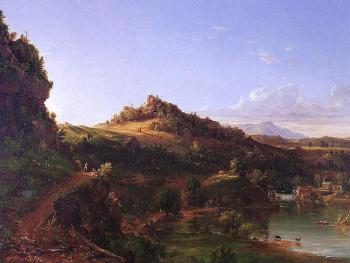
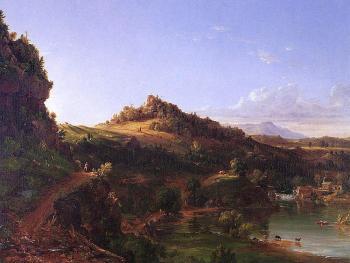
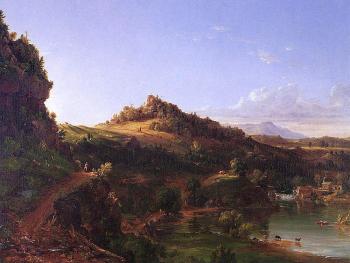
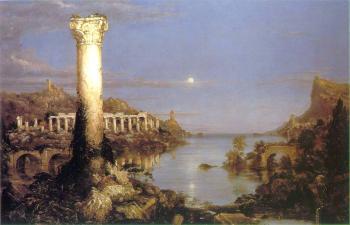
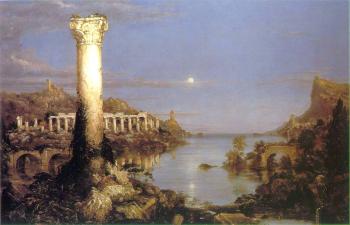
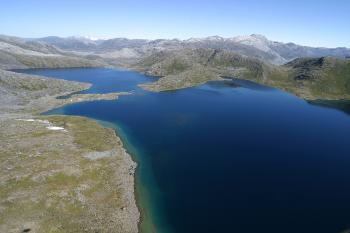
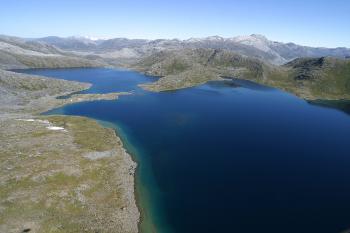
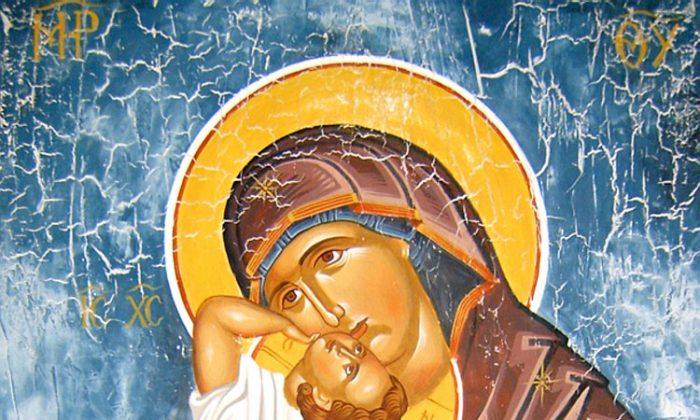
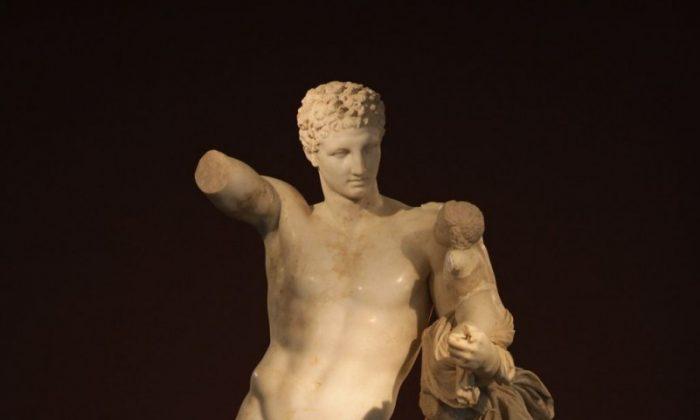
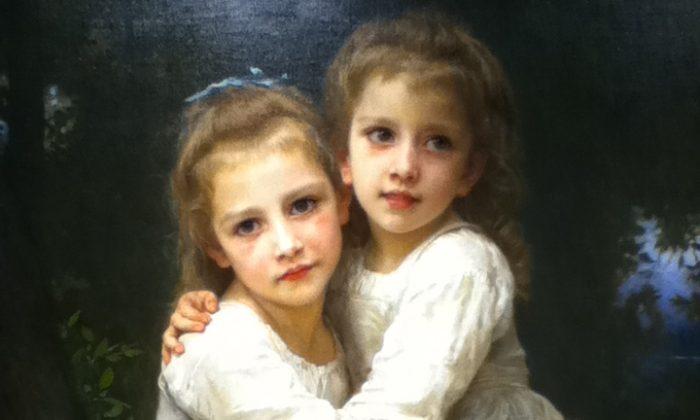

Friends Read Free